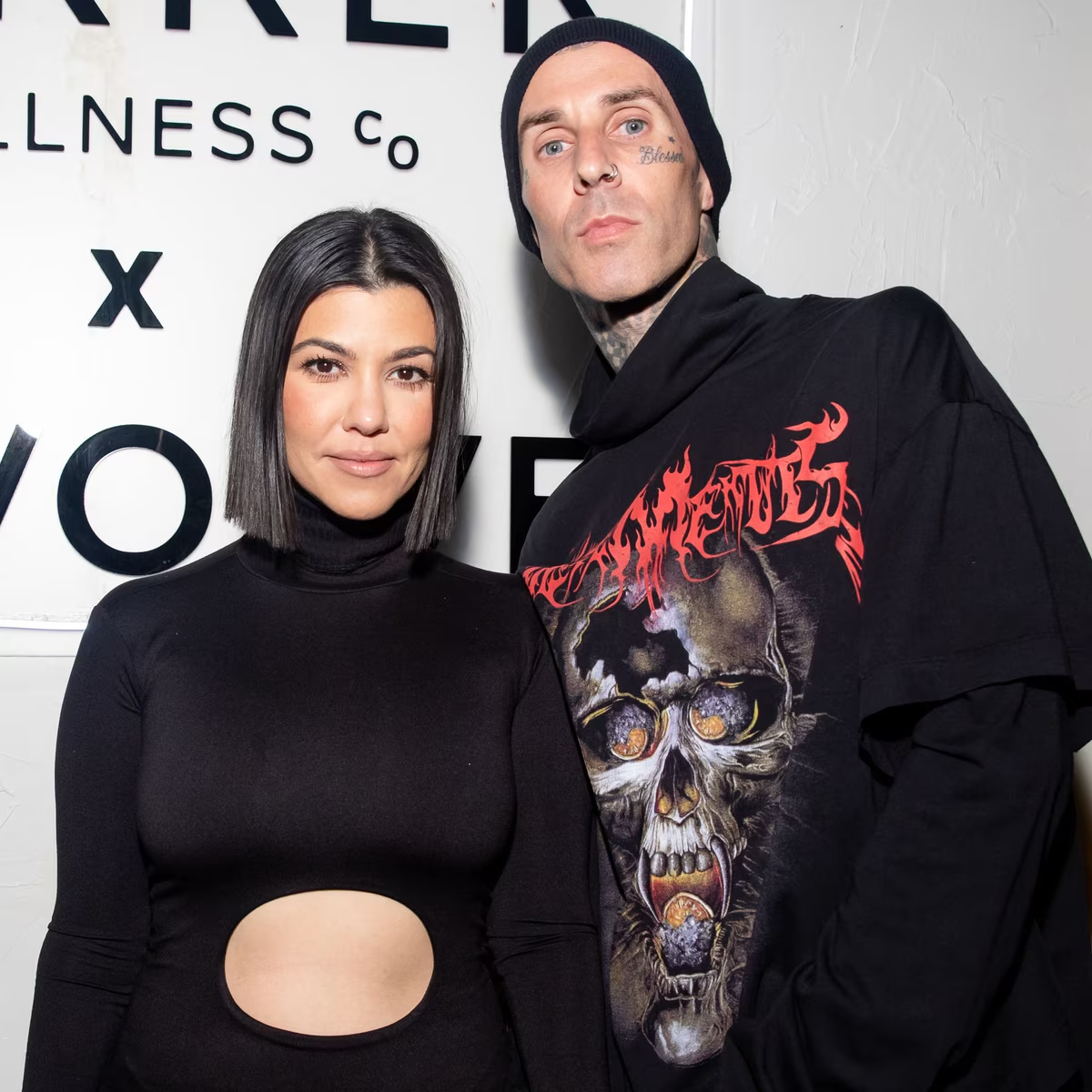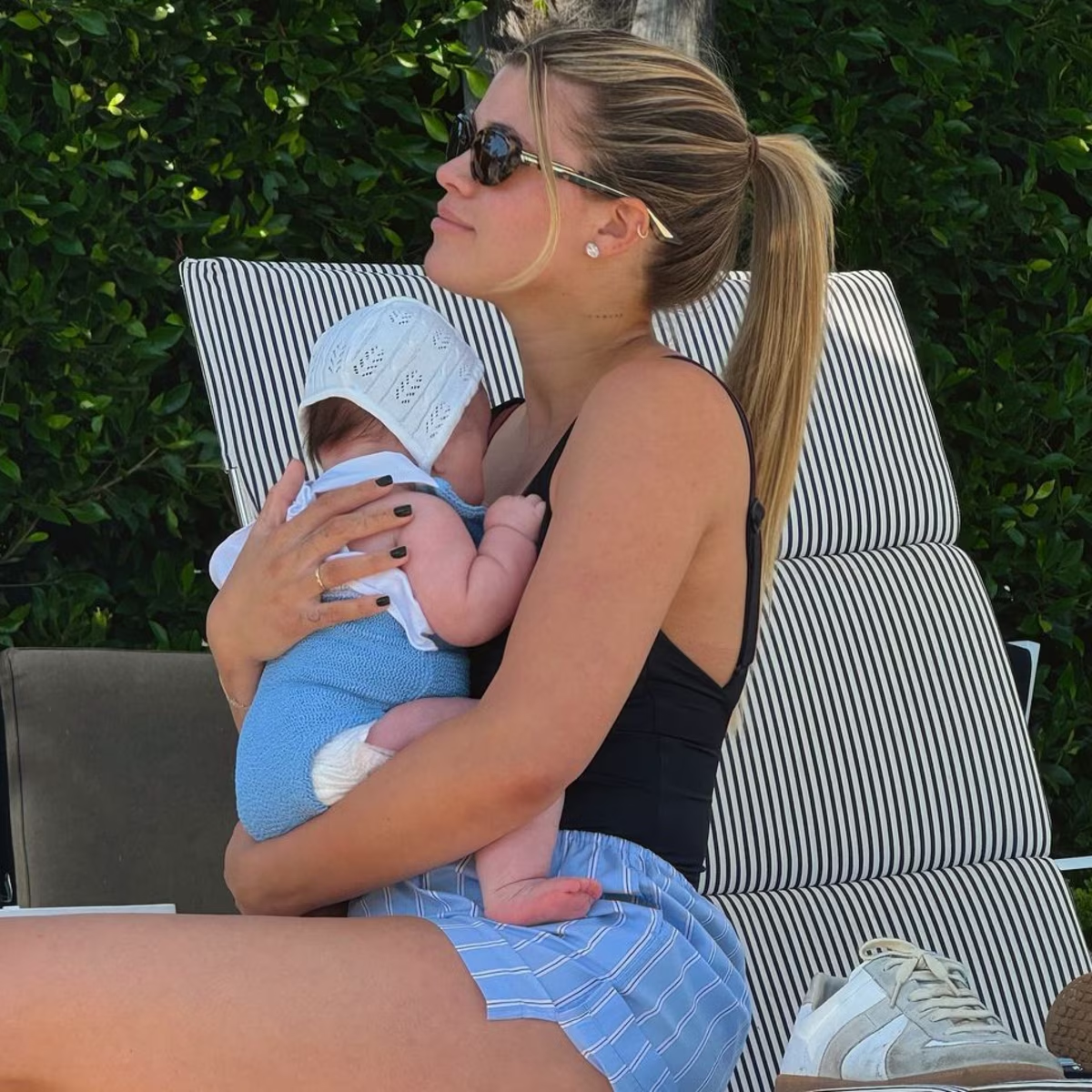What American Crime Story: The People v. O.J. Simpson Got Right and Wrong About His Life
While O.J. Simpson rose to fame playing football, it was his infamous murder trial that brought his life to the screen.
The former NFL star who was acquitted of killing his ex-wife, Nicole Brown Simpson and her friend Ron Goldman in 1995, died after a private cancer battle April 10. He was 76.
"Our father, Orenthal James Simpson, succumbed to his battle with cancer," his family wrote in a joint statement on O.J.'s social media account April 11. "He was surrounded by his children and grandchildren. During this time of transition, his family asks that you please respect their wishes for privacy and grace."
Despite playing professional football for more than a decade, most notably with the Buffalo Bills, before turning to acting, O.J.'s career is largely overshadowed by his murder trial. After Nicole and her friend Ronald were found stabbed to death outside Nicole's Brentwood, Calif., condo in June 1994, O.J. became a prime suspect, and was later arraigned in July 1994.
The murder trial began in January 1995 and ran for eight months, called over 150 witnesses and dominated coverage of cable television at the time. Ultimately, On Oct. 3, 1995, the former running back was found not guilty. However, in 1997, Ronald and Brown's families filed a civil suit against O.J., and he was found liable for the deaths and ordered to pay $33.5 million in damages.
But in the nearly three decades since the murder trial, the events have continued to grip the nation and most notably inspired the acclaimed first season of Ryan Murphy's FX's anthology series American Crime Story, itself based on Jeffrey Toobin's book The Run of His Life: The People v. O.J. Simpson.
The series, which starred Cuba Gooding Jr. as O.J., chronicled the events from the morning of Nicole and Ron's murders all the way through the trial to the verdict. It also included headline-making instances like the infamous Bronco chase as well as the media scrutiny of lead prosecutor Marcia Clark (Sarah Paulson) and O.J.'s friendship with lawyer Robert Kardashian (David Schwimmer.)
Read on to see what the series got right and wrong about O.J.'s infamous trial.
FACT: In the series source material—Jeffrey Toobin's 1996 book The Run of His Life—the story is longer and sadder. Nicole's Akita, Kato (the kids had named him after the famous house guest) initially followed a neighbor home. Another neighboring couple took Kato in, but the dog was so agitated they took him for a walk, and that's when they found Nicole and Ronald Goldman's bodies in her front yard.
FACT: The Gene Logan statue commemorating Simpson's football glory days sold for $3,250 at auction in 1999.
FACT: While it's unclear who heard the message first, Toobin's book includes Nicole and O.J.'s 8-year-old daughter calling the house from the police station, pleading repeatedly, "Please answer, Mommy."
FACT: He really did score a minus-24, "a total failure" in Robert Shapiro's words.
FACT: The two were friendly before the trial and the assistant prosecutor later talked about almost going to work for Cochran's firm.
FACT: But Marcia Clark never put Jill Shively on the stand, though it would have bolstered the prosecution's timeline putting O.J. at the scene. According to a 2014 Dateline NBC special, Clark was angry at Shively for selling her story to Hard Copy before she was set to testify.
FICTION: Per multiple accounts, Nicole had a closed-casket funeral, but her mother testified during the civil trial that O.J. did kiss her during the viewing beforehand.
FACT: Robert Kardashian would later acknowledge to Barbara Walters that O.J. did have a gun in his then-13-year-old daughter's room. Kardashian's exact plea to O.J. to not shoot himself "in Kimmy's bedroom" may have been a flourish, but he communicated a similar sentiment.
FICTION: At least, we hope so. There's no word that O.J.'s dear friend ever informed the group at O.J.'s house—including his two eldest children—that they had reason to believe he had killed himself.
FICTION: We're going to attribute this wink-wink scene to an idea the writers had that was just too delicious to dismiss.
FACT: At least O.J. made those closest to him (as well as the rest of the country) fear that he would take his own life. Whether he ever intended to pull the trigger or not, he had a loaded gun in the Bronco during the infamous chase and told police he just wanted to "be with Nicole."
FACT, BUT: The prosecutor was indeed a smoker, but the California Indoor Clean Air Act of 1976 should have prohibited her from puffing away in the office.
FACT: Robert Kardashian later told Barbara Walters that he felt he helped save O.J.'s life twice, at the house when he was threatening to shoot himself and again on the road. Bob Costas revealed only recently that O.J. also tried to call him at home and at work, but he was off covering the NBA Finals—which was relegated to the corner of NBC's screen during the chase.
FICTION: David Schwimmer told E! News as much, explaining it was the writers' way of having the character come to grips with overnight fame for his association with O.J.
FACT: The magazine's managing editor maintained a filter was used to emphasize the tragedy of the story. The head of the NAACP and many more just saw institutional racism.
FACT, BUT: Jeffrey Toobin's July 25, 1994, article "An Incendiary Defense" did present Shapiro's plan to make the O.J. case all about race, but the journalist had already dug up dirt on Det. Mark Fuhrman and visited Shapiro's office to discuss. Shapiro didn't initially know he was going to lay it all out for Toobin, who would go on to write The Run of His Life, right there.
FACT: An Oct. 25, 1993, call to 911 made by Nicole, in which she tells the dispatcher that her ex is "going to beat the s--t out of me," was indeed released by the L.A. City Attorney's Office (which handles misdemeanors) at the media's request before O.J.'s preliminary hearing.
FACT: And just as seen on TV, Shapiro insisted that he remain lead counsel on the growing "Dream Team."
FACT: While the level of debauchery isn't documented, O.J.'s flashback in the show to happier times with his old pal is generally accurate—they were known for living it up together.
FACT: That is what O.J.willfully said, verbatim, when he was re-arraigned on July 29, 1994, several weeks after a judge determined there was enough evidence to proceed with a trial. (He did not, however, immediately exchange thumbs-up with Johnnie Cochran in real life.)
FICTION: Sarah Paulson has said that the writers added the emotional scene between Goldman and Clark, when he tearfully laments how his son, Ron Goldman, had become "a footnote to his own murder." But Goldman, who ultimately became one of the most memorable faces of the trial, did his best to ensure his son wasn't forgotten amid the media circus.
FICTION: While he and Bob Shapiro did hold dual press conferences during jury selection, resulting in a very similar L.A. Times headline as seen on the show (the show wanted Shapiro to seethe more), the press just reported that Cochran held court on the 12th floor of the courthouse. Surely the article would have mentioned the shoe shine if that had happened, right?!
BOTH: F. Lee Bailey told CNN days after the verdict in 1995 that Shapiro had indeed wanted O.J. to cut a deal, but Shapiro denied it, saying he "never talked at any time with anybody about a plea bargain."
FACT: Vanity Fair's Dominick Dunne, who covered the whole trial for the magazine, reported later that he had been told Simpson really did lean over to Cochran when the jury was seated and say, "If this jury convicts me, maybe I did kill Nicole in a blackout." The show's version sounds even more realistic.
FACT: With one minor difference. He showed it to The New Yorker's Jeffrey Toobin, who penned the ACS source material The Run of His Life, not Vanity Fair columnist Dominick Dunne.
FACT: Cochran's story about being pulled over by an LAPD officer while driving his Rolls Royce on Sunset Boulevard with his two little kids in the car and being needlessly cuffed—until the cop realized he was an assistant district attorney—became a frequently mentioned part of his biography.
FACT: The anecdote is in Toobin's book, and Cochran later told Time magazine how that reaction immediately ran through his head when Darden tried to get Judge Ito to rule that the jury shouldn't hear testimony about Mark Fuhrman's alleged use of the N-word.
FICTION: But close. Marcia Clark's original co-prosecutor was hospitalized after falling ill during a trial strategy meeting at the work, the same day but not within minutes of the defense springing a series of new witnesses on them during Johnnie Cochran's opening statement.
FACT: Fellow defense attorney Carl Douglas later told Dateline that they changed up the decor in the Rockingham house before the jury toured the property. "This is not tampering with evidence," he insisted.
For the latest breaking news updates, click here to download the E! News AppDisclaimer: The copyright of this article belongs to the original author. Reposting this article is solely for the purpose of information dissemination and does not constitute any investment advice. If there is any infringement, please contact us immediately. We will make corrections or deletions as necessary. Thank you.







